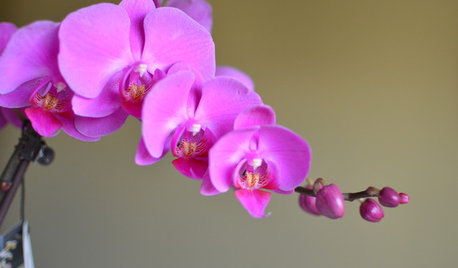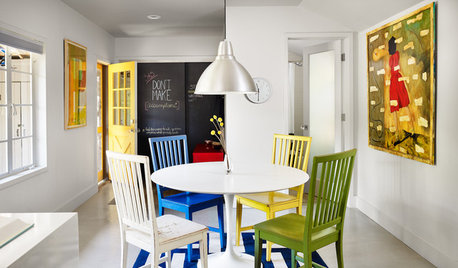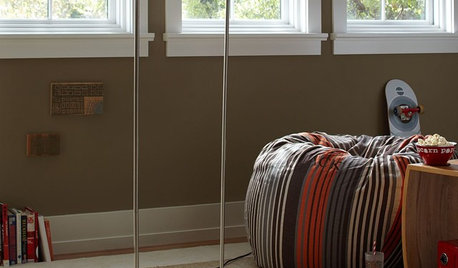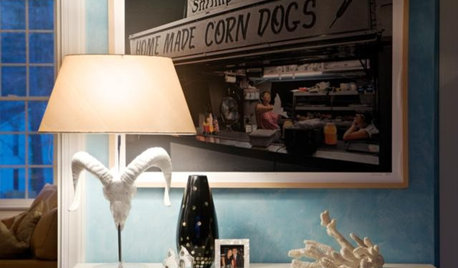9 months of wormin'
mendopete
14 years ago
Related Stories

LIFEA Month-by-Month Guide to ‘Downton Abbey’ Withdrawal
Missing Lady Grantham’s zingers? Edith’s furrowed brow? Romance simmering downstairs? Here’s help to get you through until season 6
Full Story
KITCHEN DESIGN15 Farmhouse Kitchens That Made Us Swoon This Month
Raw wood, natural light, shiplap siding — we just couldn’t get enough of these farmhouse-style kitchens uploaded to Houzz in January
Full Story
MID-ATLANTIC GARDENINGChecklist: What To Do in the Garden This Month
February Gardener: Plant sprouts, start seedlings, force bulbs, grow an orchid and more
Full Story
FEEL-GOOD HOMESimple Pleasures: 10 Ideas for a Buy-Less Month
Save money without feeling pinched by taking advantage of free resources and your own ingenuity
Full Story
DECORATING GUIDES28 Decorating Moves to Try This Month
Treat your interiors to a pick-me-up with these quick and cheerful decorating tricks
Full Story
EVENTS7 Top Design Events: Sept. 9-30, 2011
Get out and get inspired! See what's on the Houzz list of things to see and do this month
Full Story
MORE ROOMSDorm Life: Cool Stuff for a Music Lover's Room
Outfit Your Tiny College Home for the Best 9-Month Tour Ever
Full Story
HOUZZ TOURSMy Houzz: Home Full of Boys Achieves Order and Inspiration
A 3-month overhaul produces an organized and inviting space fit for this Florida family of 9
Full Story
LIFE9 More Ways to Lighten Up Your Design
Summer is the Perfect Time to Relax and Have Fun with Your Decor
Full Story
DECORATING GUIDES9 Tips for Managing Your Own Decorating Project
Keep shopping and decorating on track with this wisdom tailor made for DIYers
Full StoryMore Discussions






equinoxequinox
plumiebear
Related Professionals
Carson Landscape Architects & Landscape Designers · Lowell Landscape Architects & Landscape Designers · Paradise Landscape Architects & Landscape Designers · Burlington Landscape Contractors · Concord Landscape Contractors · Concord Landscape Contractors · Deerfield Beach Landscape Contractors · Fuquay-Varina Landscape Contractors · Lake Saint Louis Landscape Contractors · Nutley Landscape Contractors · Ferguson Landscape Contractors · Beloit General Contractors · Conneaut General Contractors · Mineral Wells General Contractors · Renton General ContractorsmendopeteOriginal Author
plumiebear
equinoxequinox
mendopeteOriginal Author
equinoxequinox
mendopeteOriginal Author
equinoxequinox
cathd66
mendopeteOriginal Author
equinoxequinox
mendopeteOriginal Author